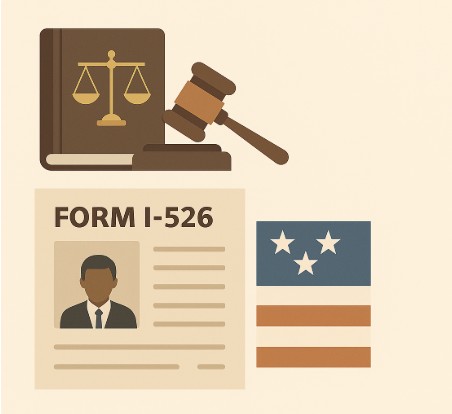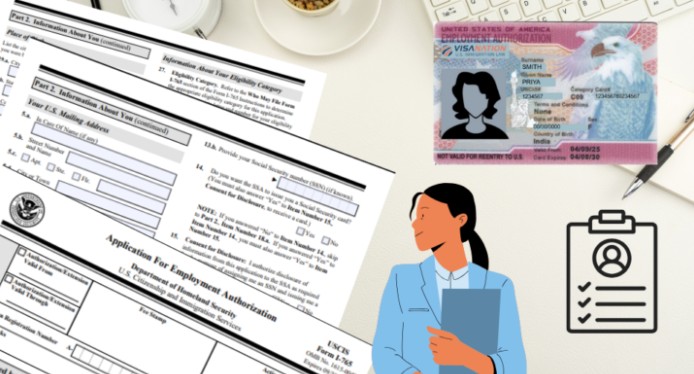American Immigration Lawyers Association (“AILA”) members, of whom Enterline and Partners Consulting lawyers are also members, have reported that the United States Citizenship and Immigration Services (“USCIS”) has begun issuing five-year Advance Parole documents to applicants valid for five years. This is apparently for individuals who are now eligible for







